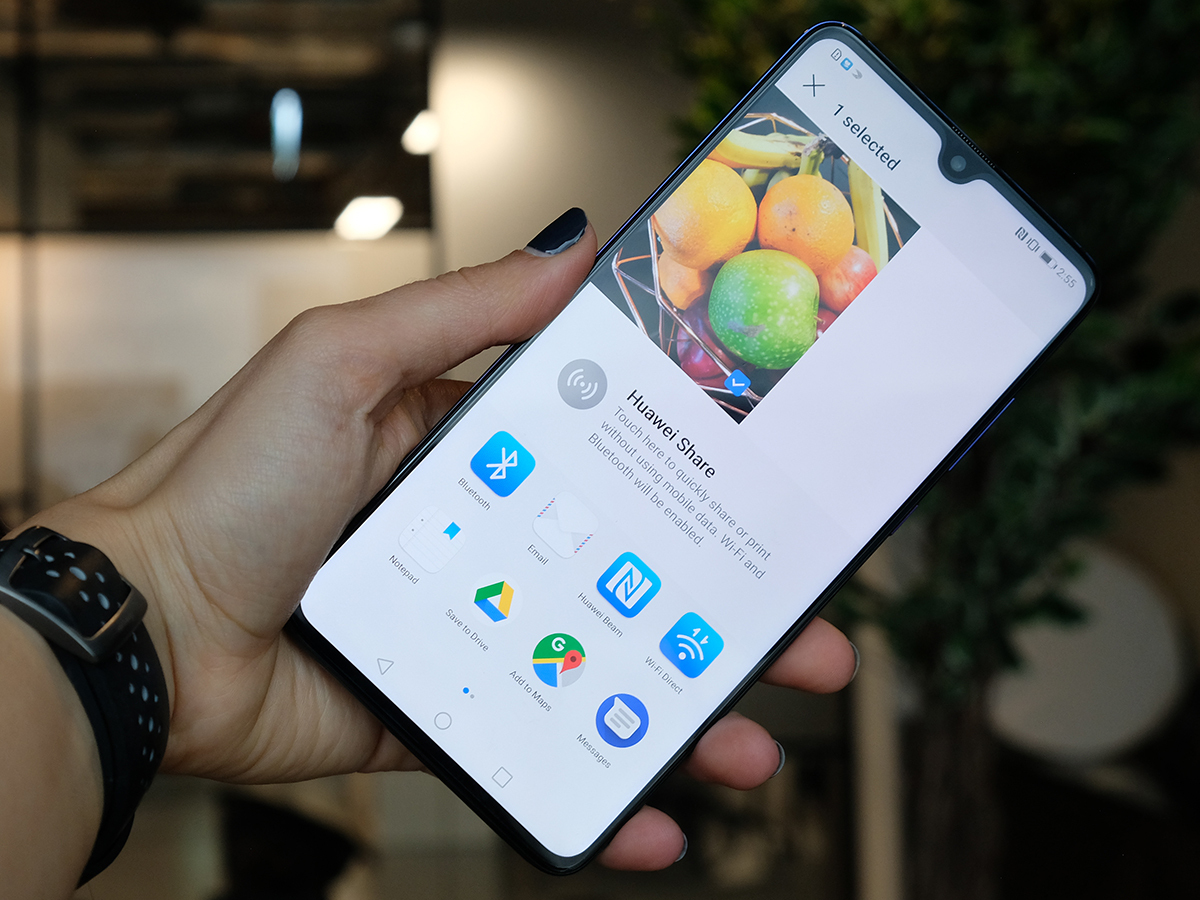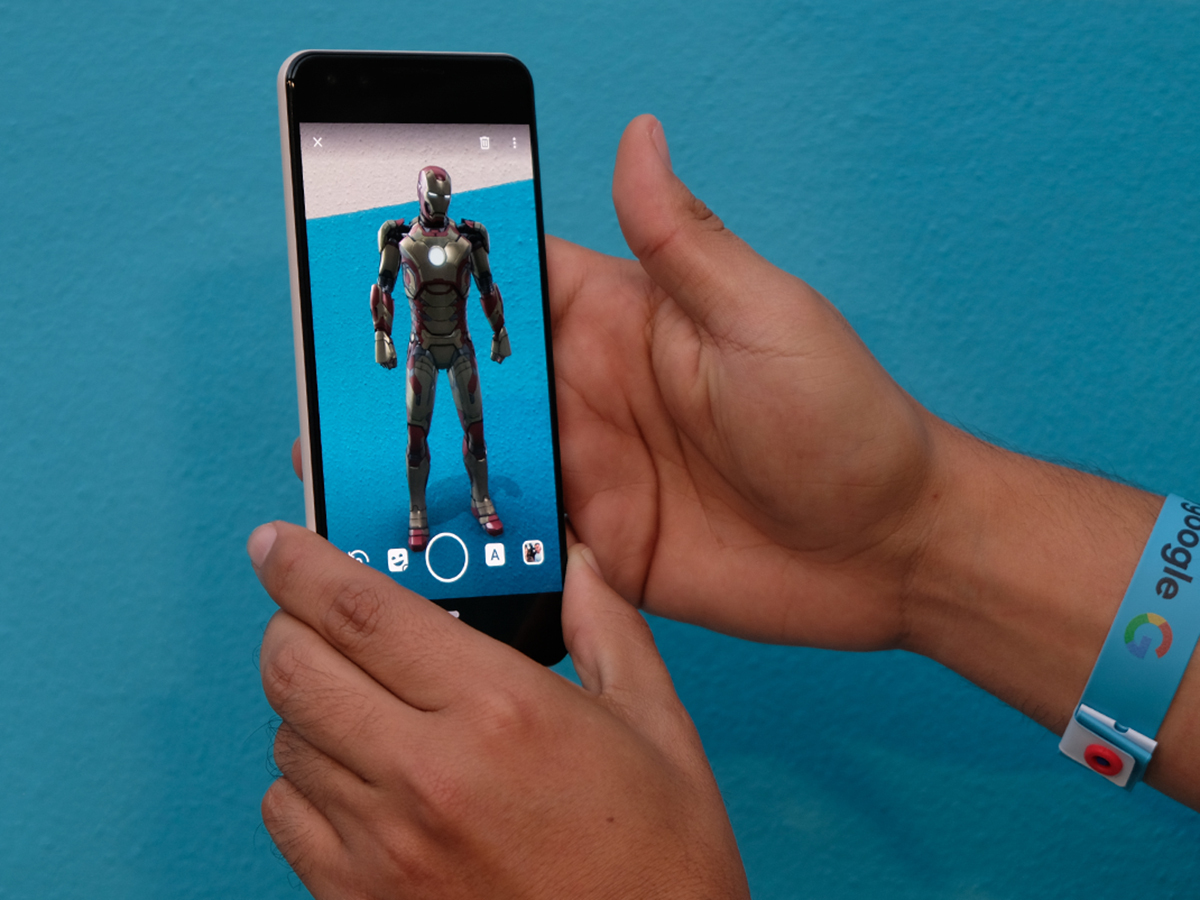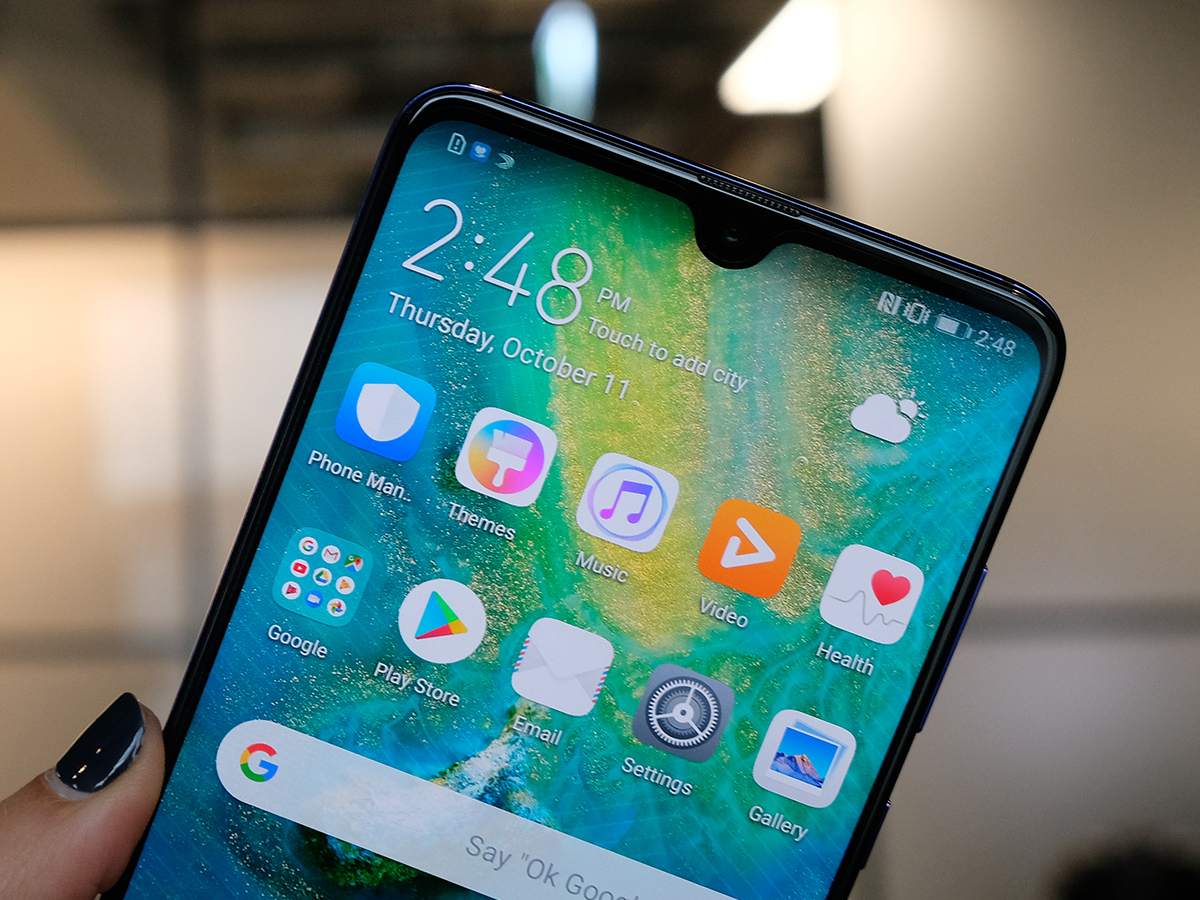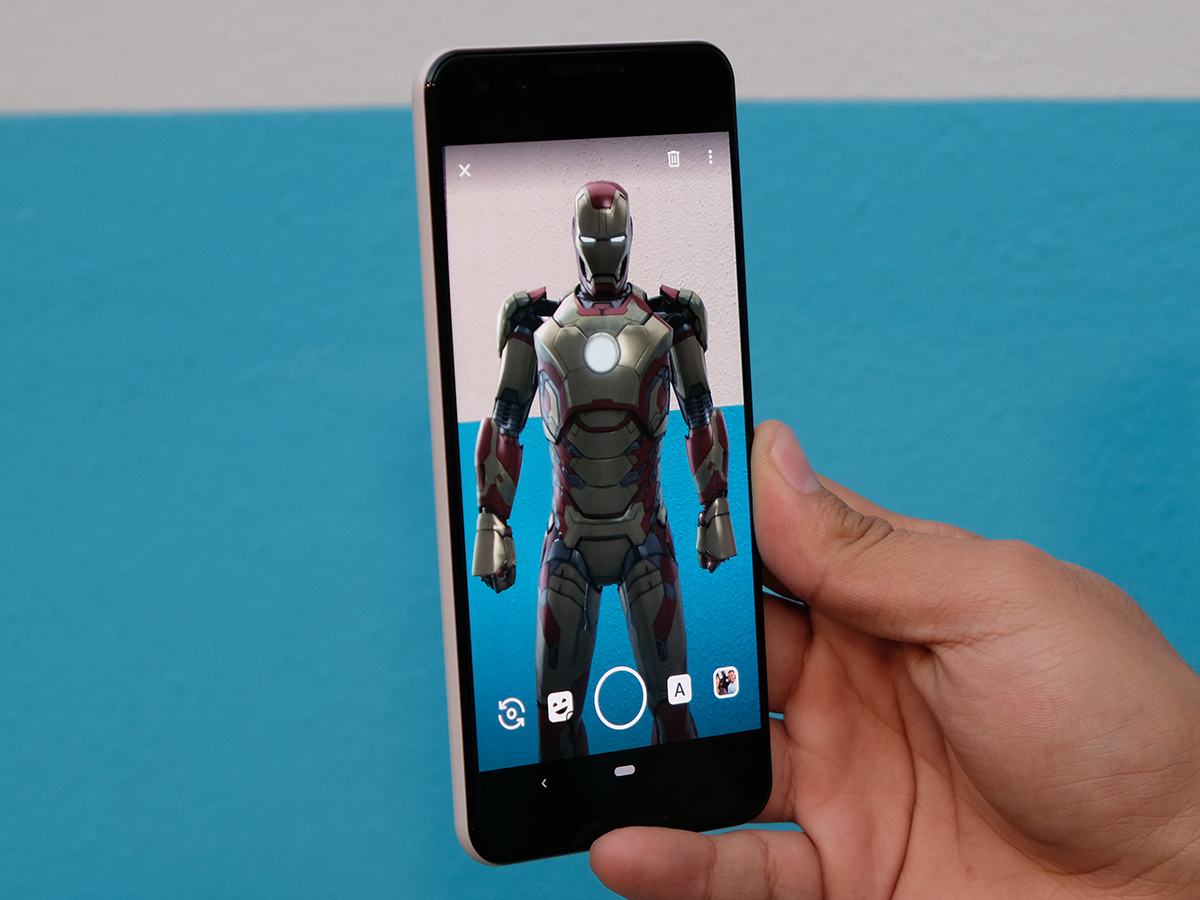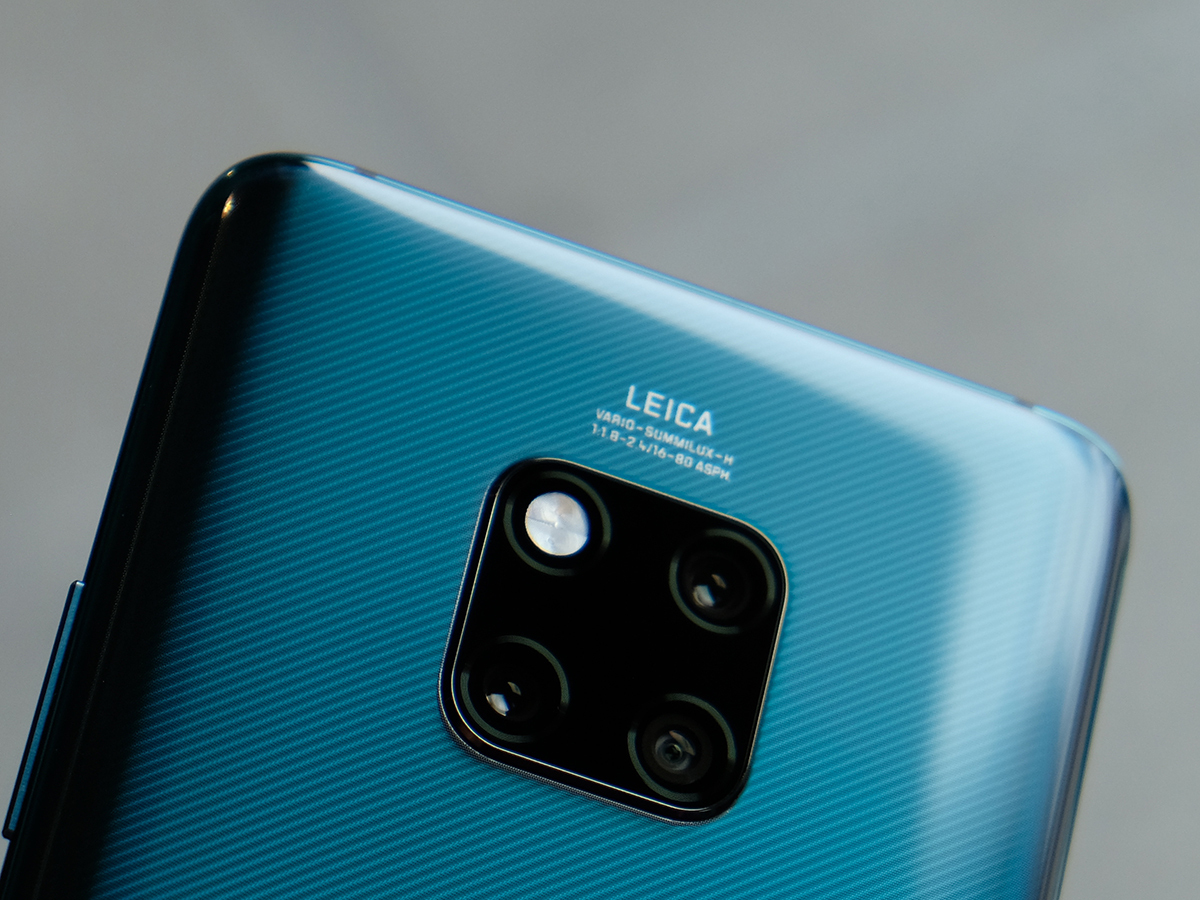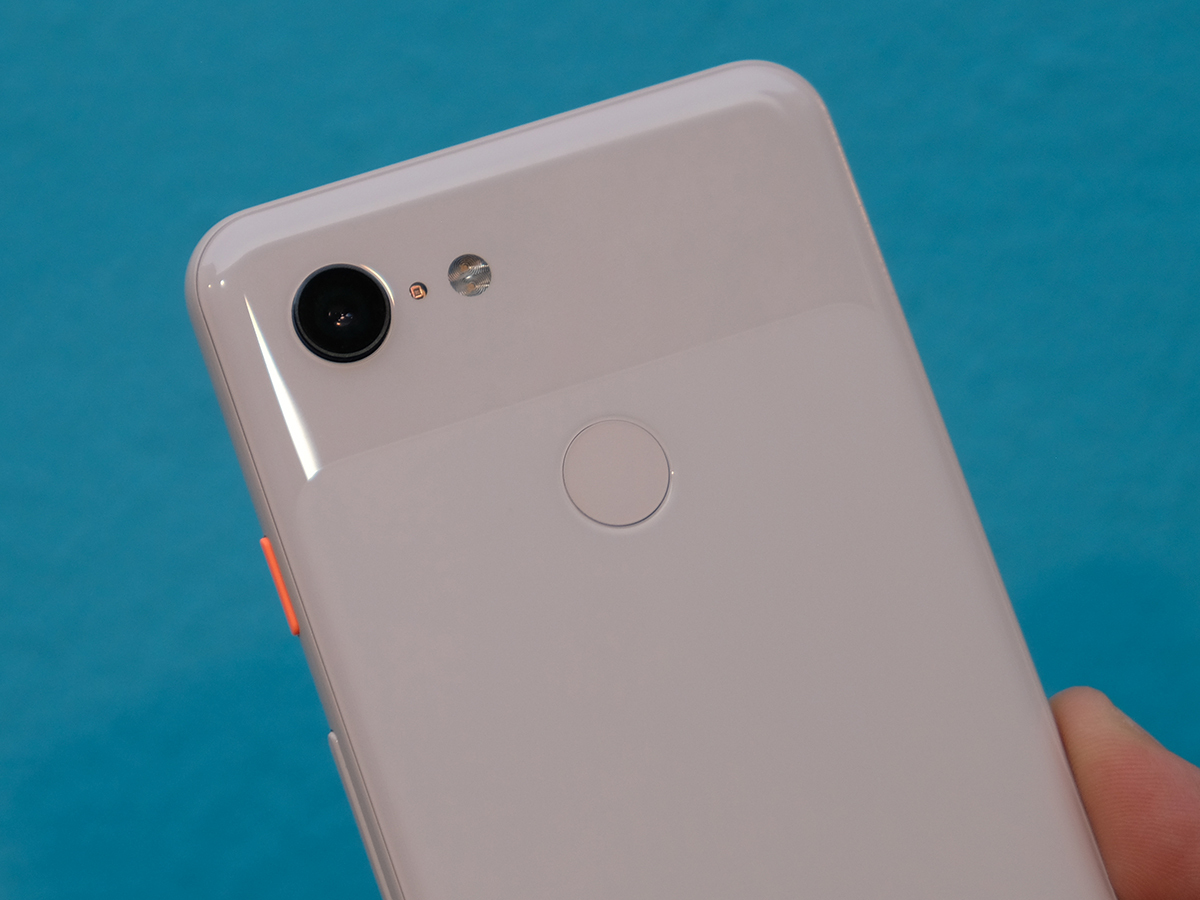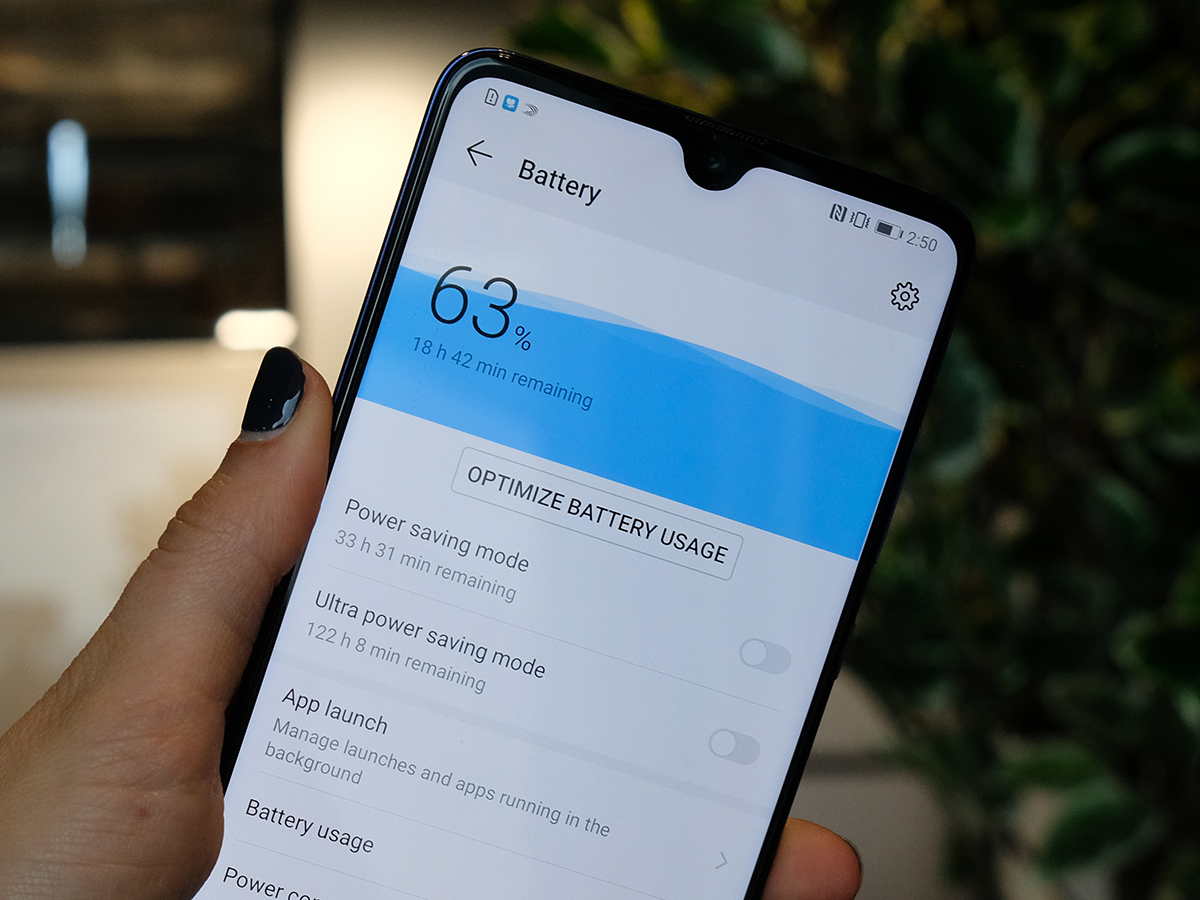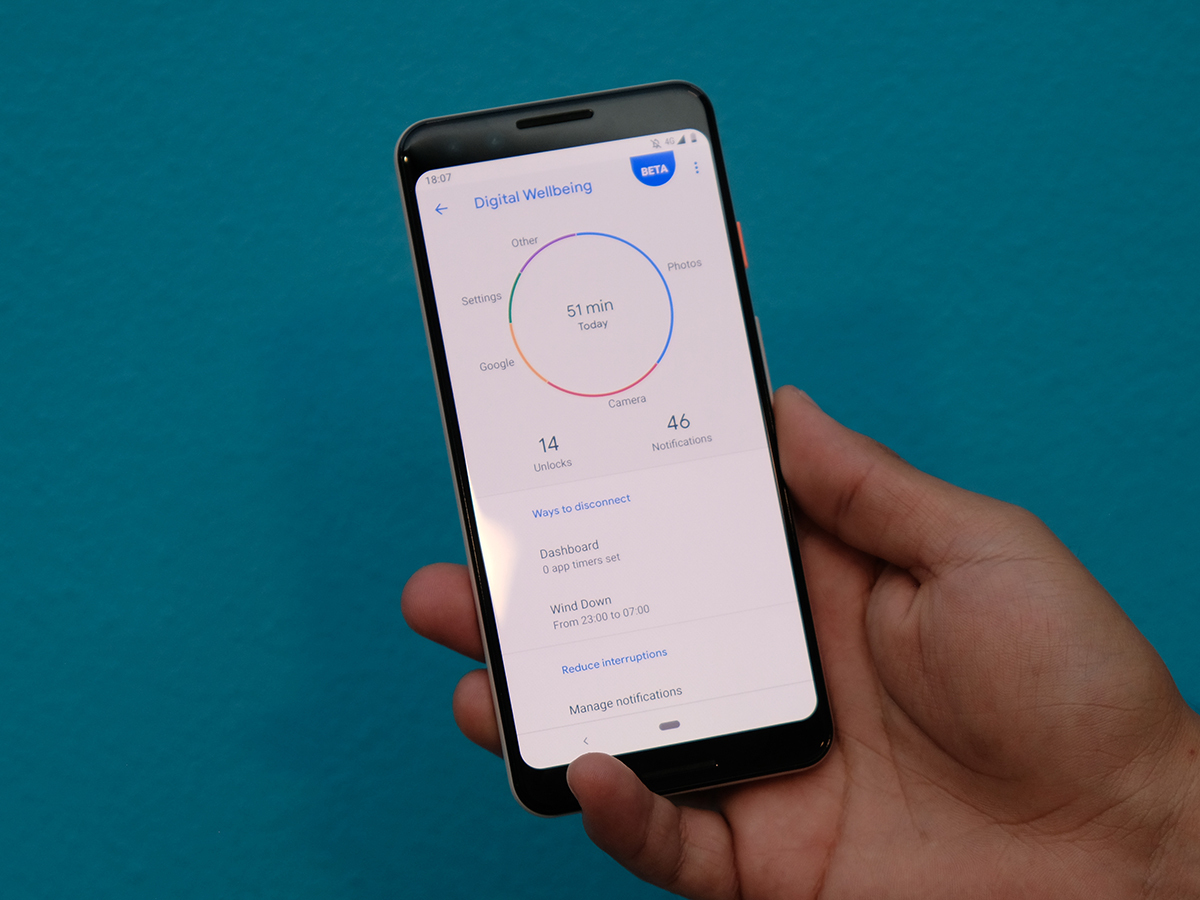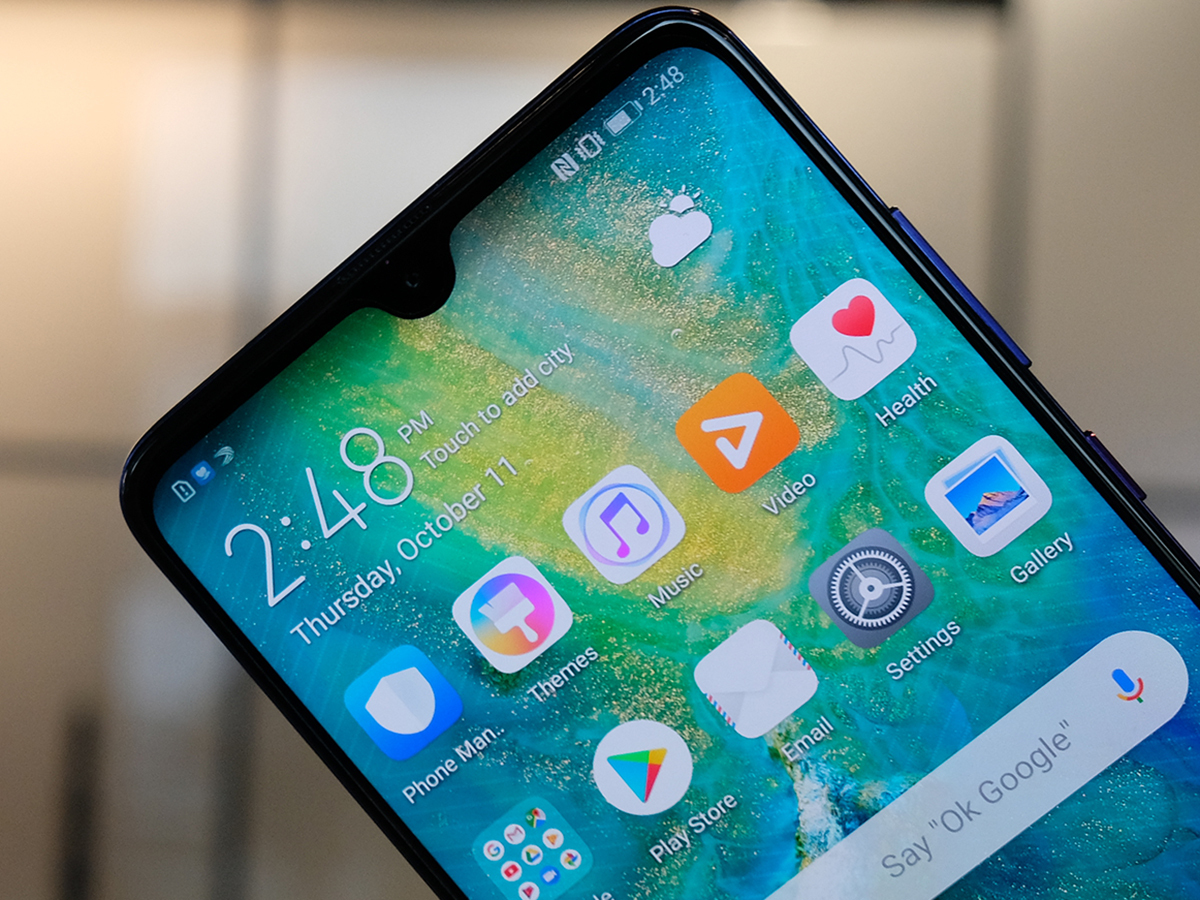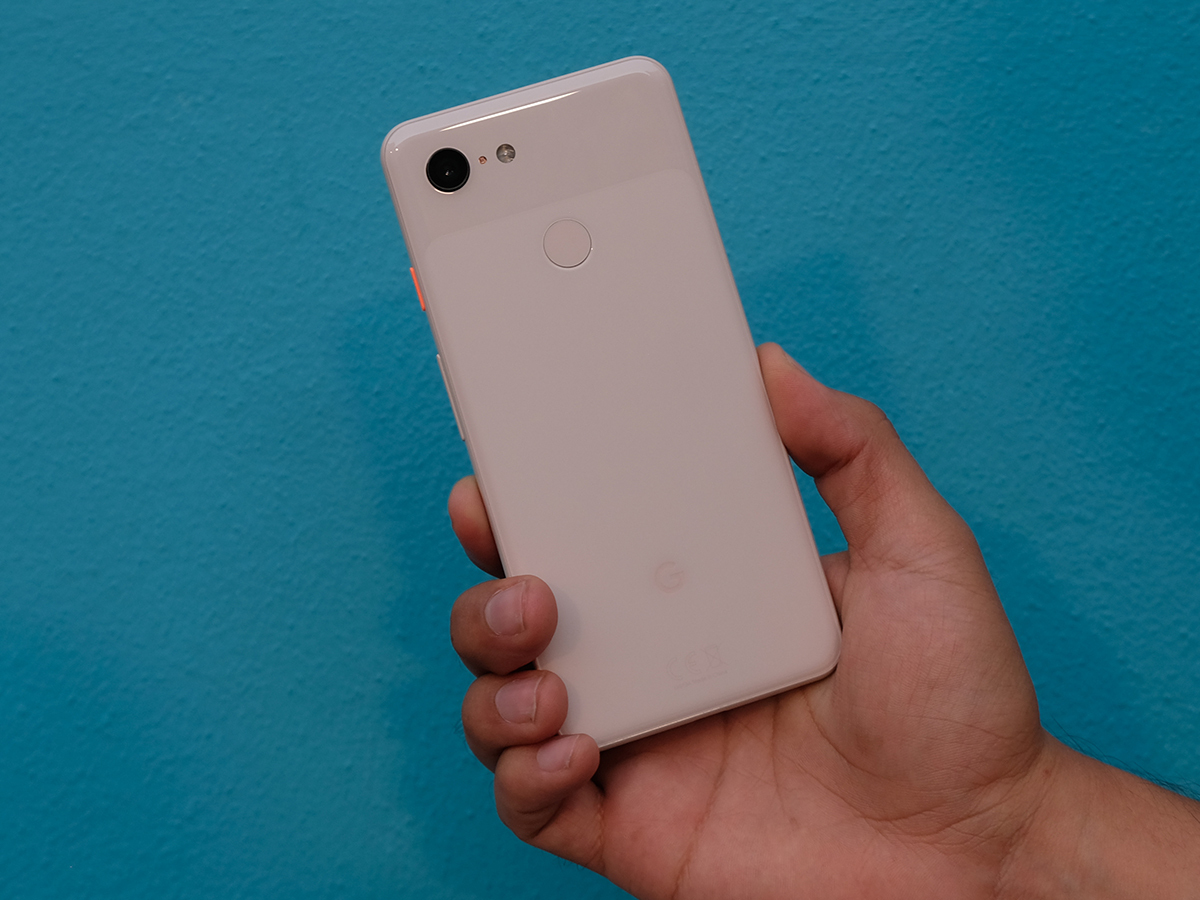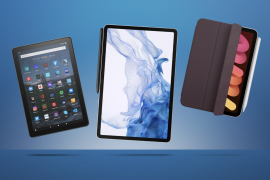Huawei Mate 20 vs Google Pixel 3: The weigh-in
Two of the latest Android heavyweights battle it out
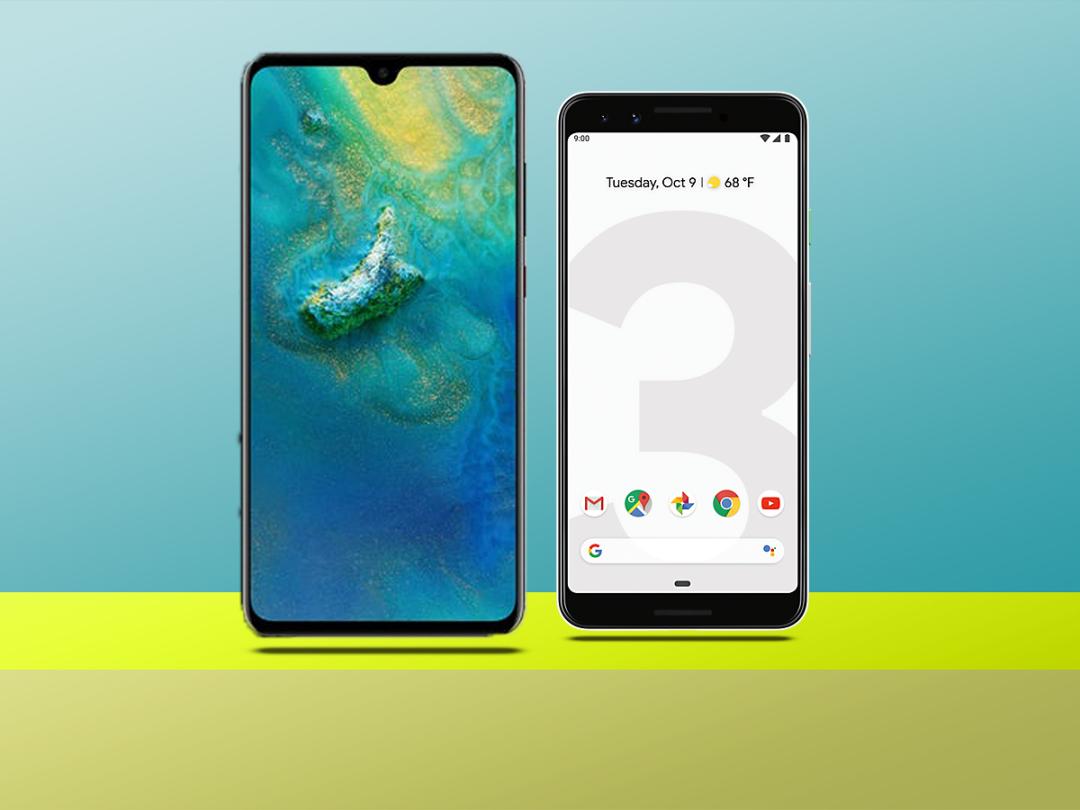
Google and Huawei are two of the biggest contenders battling it out for the Android throne this autumn, with the Google Pixel 3 and Huawei Mate 20 both rolling out soon.
Both core phones might be overshadowed by their ritzier and pricier siblings, the Pixel 3 XL and Mate 20 Pro, respectively, but there’s plenty to like about the base models beyond their lower entry prices.
Eyeing a new Android in the near future? Here’s an early look at how these two handsets compare, based on the specs and our hands-on experience, and we’ll update this with a final verdict once our full reviews are completed.
Design: Notch a big deal?
Unless you are adamantly against any kind of notch, we think this one’s a clear win for Huawei. The Mate 20 is almost all face on the front, with a very small teardrop notch for the front-facing camera and a slim "chin" of bezel at the bottom.
On the back, the Mate 20 offers some alluring options too, including a variant of the fantastic Twilight gradient colour from the P20 Pro, or a "Hyper Optical Pattern" etching that gives the glass a unique texture.
Meanwhile, the Pixel 3 sees definite improvement over last year’s Pixel 2… but that’s still a whole lot of extraneous bezel on the front. The backing is nice, switching to all glass while keeping the two-tone approach, which is definitely much subtler as a result. Both pack a fingerprint sensor on the back.
Still, front or back, the Mate 20 makes a much stronger impression.
Screen: OLED surely prevails
Both of these phones pack 1080p panels, with the Mate 20’s much larger than the Pixel 3’s: Huawei packs in a 6.53in screen, while the Pixel 3 comes in at 5.5in.
Is bigger better? That’s up to you, but we suspect the Pixel 3 will provide the superior viewing experience either way. It’s an OLED panel, which should deliver deep blacks and excellent contrast. Meanwhile, the Mate 20’s IPS LCD looked less crisp and pristine than most LCDs during our hands-on, thanks to the additional white sub-pixel in the RGBW approach.
Also Read › Huawei Mate 20 hands-on review
Camera: Snap decision
We’re really eager to find out the answer to this one, because it could be the deciding factor for many buyers. The Pixel 2 offered the best smartphone camera in the world until Huawei topped it with the triple-camera P20 Pro… and the Mate 20 has a variant of that.
The Mate 20 keeps three cameras on the back, but the monochromatic one has been swapped for an ultra-wide-angle camera, and the megapixel counts have taken a hit. Here, you’ll get a 16MP main sensor, 8MP telephoto lens, and 12MP ultra-wide-angle.
Megapixel counts certainly aren’t everything, but with lowered specs compared to the brilliant Mate 20 Pro’s setup, we need to see the results before we know how much of a difference there is between them. Even so, the Mate 20 keeps some of the bigger perks of the setup, including 3x optical zoom, 5x hybrid zoom, and slick close-up shots.
On the other hand, the Pixel 3 sticks with just one back camera at 12.2MP, and it’s a great one. As seen on the Pixel 3 XL, the camera delivers the most natural-looking shots of any major 2018 handset – but when you zoom in, we just didn’t see as much detail as with the Apple iPhone XS Max or Samsung Galaxy Note 9.
The limitations of Google’s single-camera, A.I.-driven approach may be setting in. But there are other benefits, including the incoming Night Sight feature that’s flooring pre-release users with its impossibly well-lit low-light shots. That alone could be a game-changer by the time it officially rolls out.
As for this comparison, we’ll have to see how it all shakes out once we’ve had enough time to put both camera setups through their paces.
Performance: Power lifters
The Mate 20 uses Huawei’s new Kirin 980 chip, which is built on a 7nm production process and looks to contend with the cream of the Android processor crop as the newest kid on the block. Meanwhile, the Pixel 3 packs in Qualcomm’s Snapdragon 845, which debuted last spring and certainly packs plenty of power while not exactly leading the pack at this point.
Benchmark tests for the Mate 20 Pro and Pixel 3 XL – which use the same respective chips – show the Kirin 980 coming ahead in every major test, sometimes by a significant margin. The results may vary slightly on the base Mate 20 and Pixel 3, but it should be comparable in the end.
In any case, both of these Android 9 Pie-powered phones are sure to feel plenty fast in everyday use and be able to handle games, apps, and media with relative ease. But it looks like the Mate 20’s chip has a bit more horsepower for handling ultra-demanding tasks, as needed.
Also Read › The 5-minute guide to Google’s Pixel 3 event
Battery and perks: More with Mate
With a huge 4,000mAh battery pack inside the Mate 20, we’re expecting a clear win in this category over the 2,915mAh cell in the Pixel 3. You might be able to pull a solid day and a half from the Mate 20, while the Pixel 3 is sure to be a single-day phone – and pushing it hard could require a top-up before bedtime.
Both phones allow wireless charging, at least, so you won’t need to reach for a cable to put a bit more juice into either handset.
In terms of storage, it’s another win for Huawei. The base model for both phones comes with 64GB or you can bump up to 128GB for extra cash. However, only the Mate 20 lets you expand out storage after you buy the phone via its new Nano Memory Card format, which comes in 128GB and 256GB varieties.
The Pixel 3 does have the benefit of Google Daydream support for mobile VR experiences, which could help sway some folks who dig immersive games and apps.
Initial verdict: Too early to call
This is a tricky one to call before we’re ready to make a final verdict. The Mate 20 certainly has some big perks, including the more alluring design, a faster processor, better battery life, and expandable storage. On the other hand, the Pixel 3 could be more compelling with Google’s own take on Android 9 Pie and a potentially better screen.
Right now, the camera is the biggest toss-up. We’re expecting great things from both, but will one take a decisive win and force the overall victory in this comparison? We can’t wait to find out.
Pricing should be nearly even. We still don’t have UK pricing for the Mate 20, but the €799 Euro price comes out to about £710 at present – and we’ll see what the actual UK price tag shows once it hits. The Pixel 3, meanwhile, starts at £739.
Overall, they’re close. On the higher end of the price scale, we’d definitely put the Mate 20 Pro ahead of the Pixel 3 XL. But when it comes to the standard Mate 20 and Pixel 3? We need more time with both of ’em, so stay tuned for our final verdict in the very near future.
